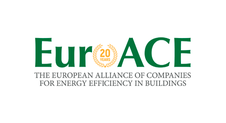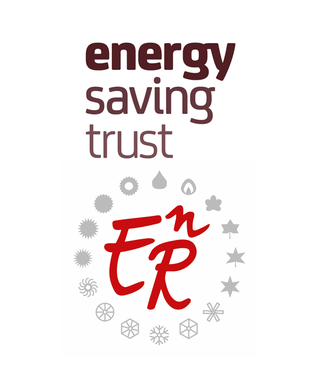Search eceee proceedings
Useful energy balances as means to monitor energy efficiency policies impact and progress – example of the innovative approach in Colombia: data challenges and methods comparison
Panel: 4. Monitoring and evaluation for greater impact
Authors:
Felipe Toro, IREES, Institute for Resource Efficiency and Energy Strategies, Germany
Fabio Gonzalez, National University in Colombia and Corpoema
Carlos Garcia, Energy and Mining Planning Unit in Colombia - Energy Ministry Colombia
Eliana Lopez, IREES GmbH and Freiburg University
Jan Steinbach, IREES GmbH
Ulrich Reiter, TEP Energy GmbH
Andrea Palacios, TEP Energy GmbH
Humberto Rodriguez, National University in Colombia and Corpoema
Bibiana Trujillo, Corpoema
Abstract
Useful Energy Balances as means to monitor the impacts and progress of energy efficiency policies is still in its infancy despite the fact that the European Union and Brazil have been conducting such balances since the late 1970s. The international comparison conducted by the authors indicates that 5 Latin American countries have prepared Useful Energy Balances and have used it as an energy planning and policy tool. In Europe only Finland and Austria have generated Useful Energy Balances while 31 EU countries calculate applications for heat and cold uses or even more detailed as the case of Switzerland and Germany. Useful energy is defined as the energy available to final consumers after the last conversion by energy-consuming equipment, i.e. final energy minus conversion losses (Eurostat, IEA, 2009, Pardo et al., 2012).
This research was developed within the framework of a policy consulting project funded by the Energy Planning Unit in Colombia, adjacent to the Ministry of Energy of Colombia from August 2018 with the objective to create the Methodological Framework to calculate the first Useful Energy Balance for Colombia and develop a tool for quantification of losses as well as estimate an energy efficiency gap.
This paper discusses: 1. the challenges and difficulties in obtaining relevant sectoral data (industrial heat and cold technologies, transport mode efficiencies, residential technology efficiencies for different altitude levels, etc.) and its related uncertainties for each demand sector in an international comparisson context; 2. recommends methods for data collection (surveys, measuring), 3. discusses the quantification of energy losses as well as the energy efficiency gap and necessary investments, and 4. analyzes the possibilities for useful energy balances as a tool for monitoring energy efficiency policy progress and impact.
Downloads
Download this presentation as pdf: 4-374-19_Toro_Presentation.pdf
Panels of
1. The dynamics of limiting (energy) consumption
2. What's next in energy policy?
4. Monitoring and evaluation for greater impact
5. Smart and sustainable communities
7. Make buildings policies great again
8. Buildings: technologies and systems beyond energy efficiency
9. Improving energy efficiency in ICT, appliances and products

























